|
On 20 January I introduced a new player to Longstreet, playing a scenario based on the fight for Blocher's knoll on the first day of Gettysburg. This was the fight to the north of the town between Howard's unlucky XI Corps and Ewell's Corps. The focus of the combat was a small hill, the only high ground on this part of the field. The PDF of the scenario is on the Longstreet scenario page.
I took the role of Schurz, commanding XI Corps on behalf of Howard, while Ian played the part of Ewell. This is the third time I have played the scenario, which has previously seen one victory for the Union and one for the Confederacy. Ian got the hang of the mechanics very quickly and set in motion a focussed assault on Blocher's knoll from north and east. The outcome matched what happened on the day: the Union couldn't hang on to the high ground and a lot of Yankee regiments were chewed up trying to hold it. After a couple of decisive turns in which an intense bombardment was followed by charges along the line, Ian took the hill and sent my army over its shatter point. Not for the first time, the Rebel Yell card proved its worth. This is an intriguing scenario, since the battlefield is divided down the middle by woods and a stream. The table is intentionally large for the number of bases involved, as the Union troops were spread very thinly on the field. Longstreet worked very well at this scale. Ian is keen to play the rules again. Next stop, the Peach Orchard.
0 Comments
These rules arrived today from North Star. I have hankered after them since leafing through a copy at Warfare in November. Production is lavish and first impressions of the mechanics are positive. Looking forward to reading them.
We played First Contact on 10 January. The battle began with the Tatars assaulting the Cossack infantry while the latter were still in march column. Although the odds were in their favour, the Tatars fell short all along the line. They recoiled and settled into an exchange of fire. A Polish cavalry assault against the Cossack cavalry screen also bounced badly, gaining valuable time for the Cossacks to get out of march column. The Cossacks formed in two lines, most facing the Poles to the South while two regiments held off the Tatars to the North. The Poles then broke the Cossack cavalry but the latter had lasted long enough for their infantry to get out of danger. There followed a race between Poles trying to get across the flank of the enemy and Cossacks bending back their wings and retreating to high ground. The Cossacks won the race, forming a powerful ring that the Poles could not break. The Poles made one attempt to take on the Cossacks head on, their dragoons trying to 'fire in' an assault by Pancerni, but this was repulsed. At this point the Reinforcement card was drawn, bringing four regiments of Muscovite horse onto the table. The Poles thereupon conceded and the game ended. This had been a challenging game, especially for the Poles. It may have been some consolation to them that the outcome was what happened in the real encounter. Their dragoons lacked the firepower to beat the Cossacks in a firefight, while the cavalry couldn't take on the enemy from the front. Could the result have been different? Yes indeed, if the Poles had been faster off the mark and got in amongst the enemy while the latter were still in march formation.
I have uploaded a scenario written for Sam Mustafa's Maurice rules, concerning the meeting encounter on 14 September 1660 between Potocki's Poles and their Tatar allies and Tsetsura's Cossack contingent of the Muscovite army. This battle was almost an ambush, since the Cossacks were advancing in march column, unaware that any enemy were within striking distance.
On the day, the Polish and Tatar attackers had initial success but Tsetsura rallied his command on a low hill, where they stood until relieved by cavalry sent forward by Sheremetyev. We are replaying the scenario this weekend and I will upload a report. The scenario can be downloaded here.. |
Archives
November 2023
Categories
All
|
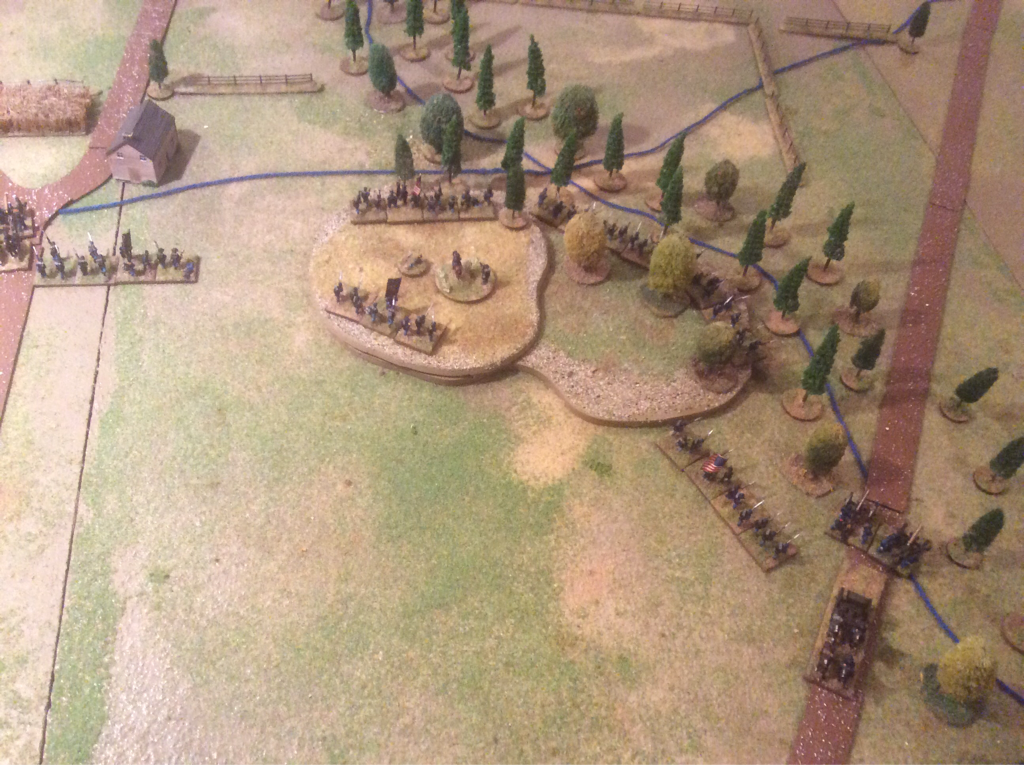
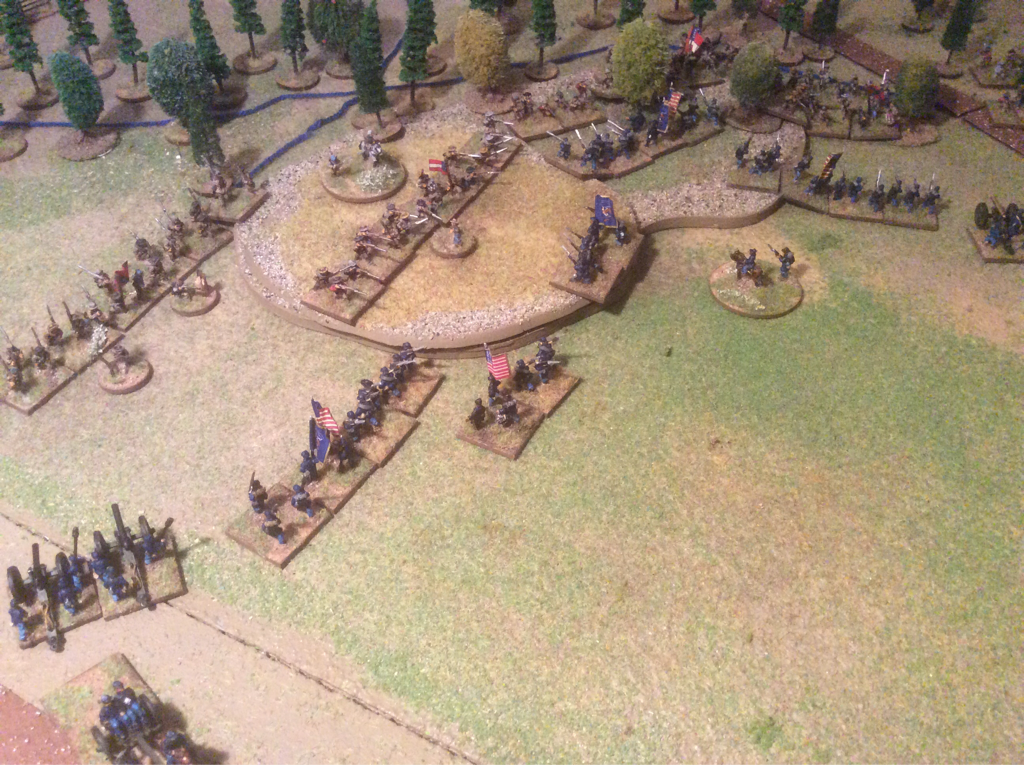
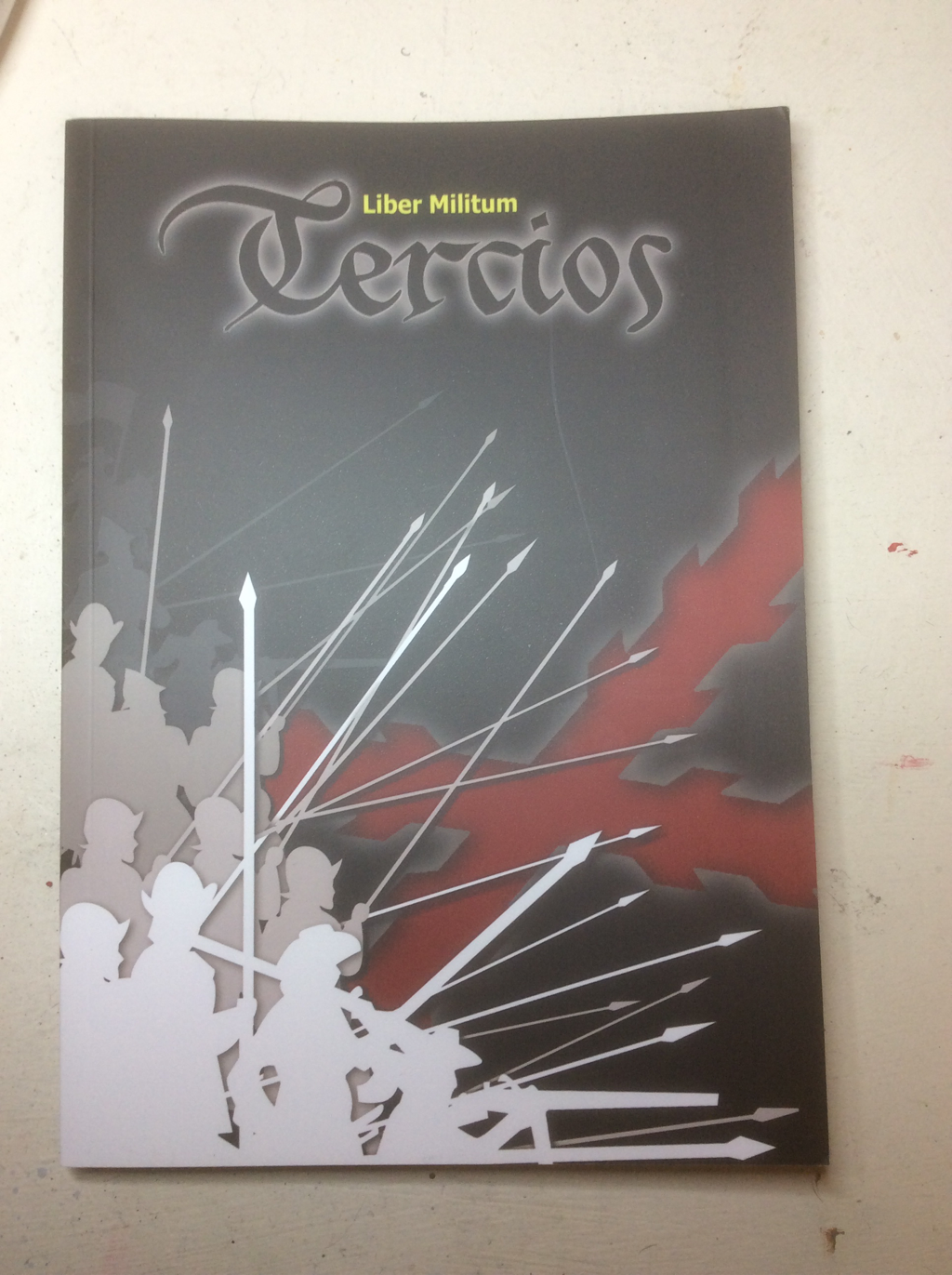
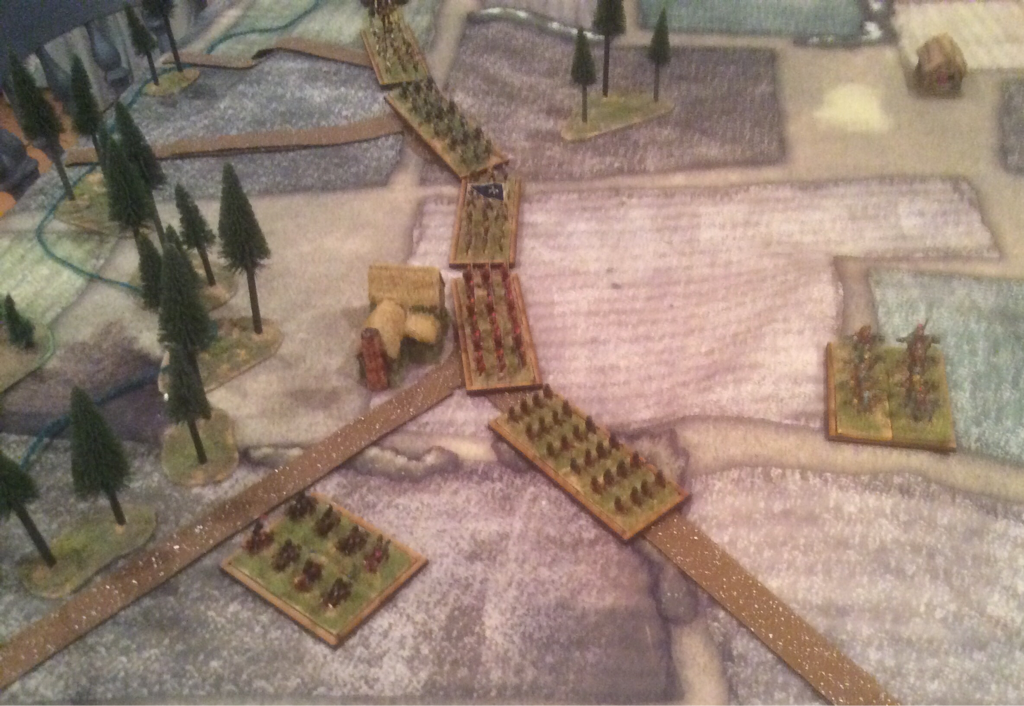
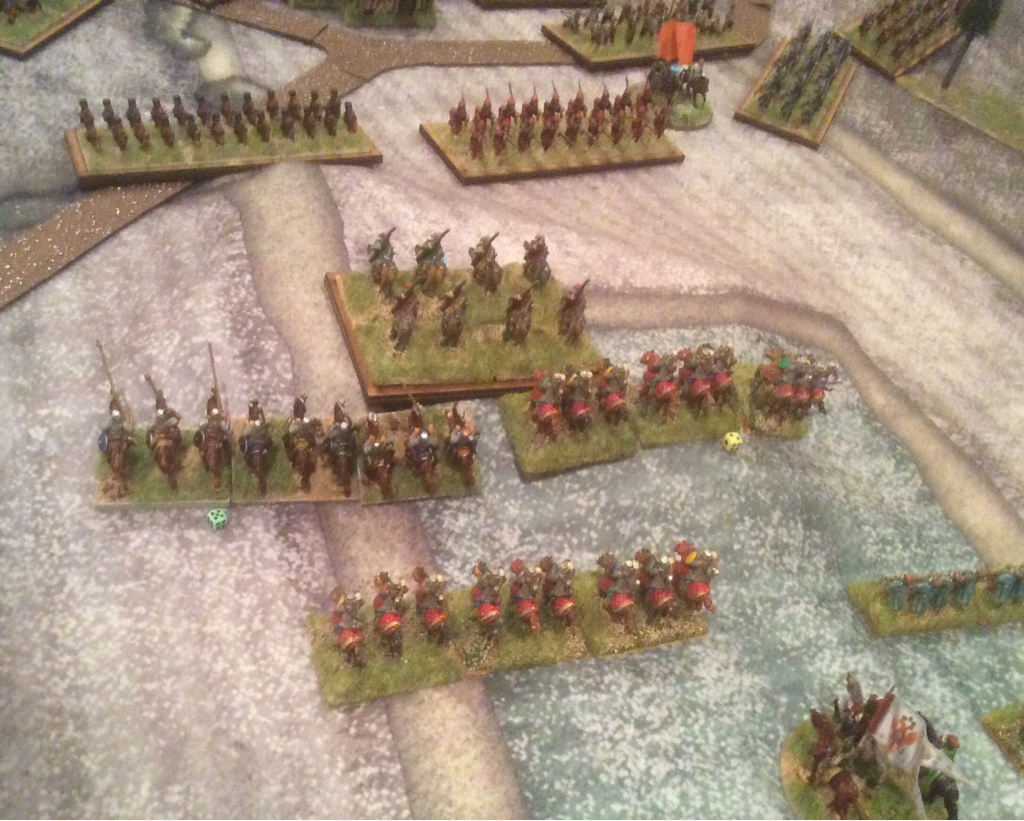
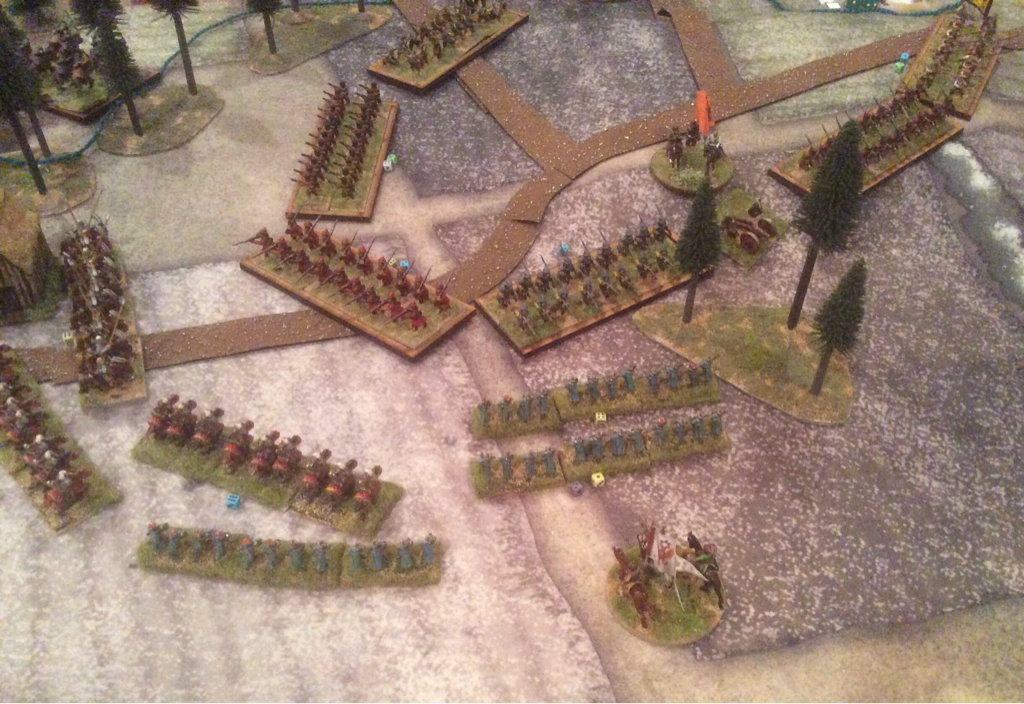
 RSS Feed
RSS Feed